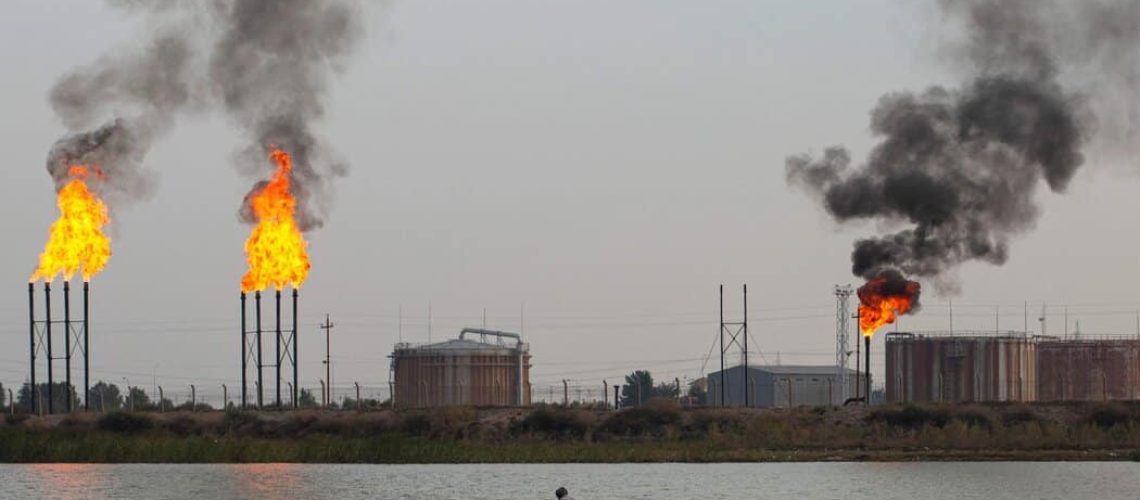But the cost of inaction is also substantial, in terms of deaths, displacement and damage. In the United States last year, damages from floods, wildfires, drought and other disasters related to weather and climate totaled approximately $145 billion, according to the National Oceanic and Atmospheric Administration. The agency said that “extremely high” levels of disasters were becoming “the new normal.”
“Reducing emissions substantially is much less painful than you would think, and probably beneficial in the short term,” said Glen Peters of the Center for International Climate Research in Oslo, Norway, who contributed to the report.
The new report examines dozens of strategies proposed by scientists and energy experts to help nations make the transition.
First, countries would need to clean up virtually all of the power plants worldwide that generate electricity for homes and factories. That means relying more on energy sources such as wind, solar, nuclear, geothermal or hydropower. Most of the world’s coal and natural gas plants would either need to shut down or install carbon capture technology that can trap emissions and bury them underground. Such technology has been slow to take off because of its high costs.
The next step would be to reconfigure transportation, industry and other segments of the global economy to run on clean electricity rather than fossil fuels. Cars powered by gasoline could be replaced with electric vehicles charged by low-carbon grids. Gas-burning furnaces in homes could be swapped out for electric heat pumps. Instead of burning coal, steel mills could shift to electric furnaces that melt scrap.
At the same time, nations could take steps to reduce their total energy demand. That could entail expanding public transit, upgrading insulation so homes consume less energy, recycling more raw materials and making factories more energy efficient. At the high end, such demand-side policies could help cut emissions in key sectors as much as 40 to 70 percent by 2050, the report notes.
But many economic activities can’t be easily electrified. Batteries are still too heavy for most airplanes. Many industries, like cement and glass, require extreme heat and currently burn coal or gas. For those emissions, governments and businesses will have to develop new fuels and industrial processes, the report said.



